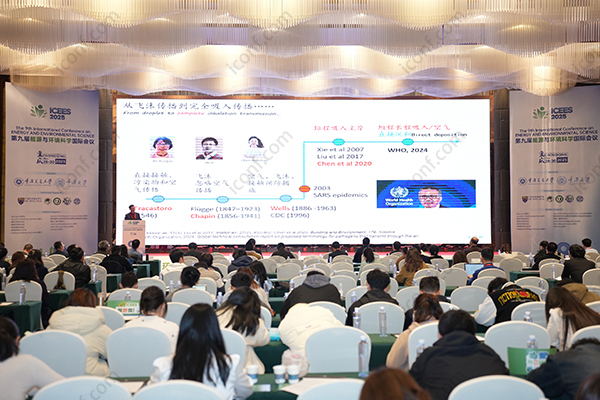

66 views||Release time: May 12, 2025
Dr. Patel had groundbreaking results on biodegradable polymers but felt overwhelmed by the vast array of academic journals. She worried that choosing the wrong outlet could delay publication or limit her work’s impact.

Define Your Audience: Does your work speak to materials scientists, chemical engineers, or sustainability experts?
Scope and Aim: Match your topic with a journal’s focus and readership—review their recent issues to ensure alignment.
Impact and Indexing: Consider each journal’s visibility (e.g., inclusion in Scopus or Web of Science) and typical citation rates.
Review Timelines: Balance prestige with speed—some high-impact journals take months for peer review, while specialized outlets may offer faster decisions.
Clear Contribution Statement: In your introduction, highlight what’s novel and why it matters in two or three sentences.
Structured Presentation: Follow IMRaD—Introduction, Methods, Results, and Discussion—so reviewers can navigate your findings easily.
Polished Figures and Tables: Ensure visuals are high resolution, well‐labeled, and referenced in the text.
Concise Abstract and Keywords: Write a 150–250 word abstract that summarizes motivation, approach, and principal findings, and choose 4–6 keywords for discoverability.
Rather than visiting multiple journal sites, Dr. Patel used a centralized submission portal to:
Compare Calls for Papers by topic, impact factor, and open‐access options
Receive Deadline Alerts for special issues and fast‐track review windows
Download Formatting Templates tailored to each journal’s requirements
With these tools, she submitted her manuscript—in perfect style compliance—to her top three target journals in one afternoon.
Respond Promptly: Address reviewer comments comprehensively, indicating changes clearly in a point‐by‐point response.
Maintain Professional Tone: Thank reviewers for insights, even when disagreeing; clear, respectful dialogue improves your chances of acceptance.
Revise Thoughtfully: If invited to resubmit, incorporate feedback fully rather than making only minimal changes.
Share Your Work: Post preprints, share links on social media, and deposit data in reputable repositories.
Engage with Readers: Monitor citations and discussions, and be ready to collaborate on follow-up studies.
Plan Next Steps: Use feedback and readership metrics to shape future research directions.